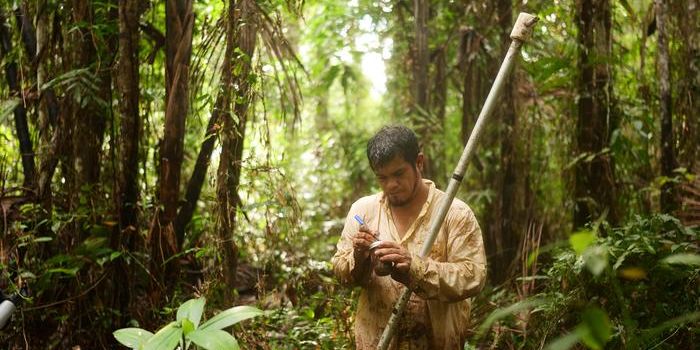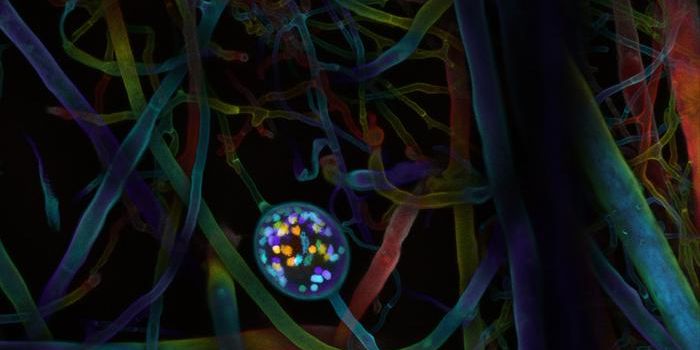New Antimicrobial Discovered in Bacteria That Infects Potatoes
Resistance to antibiotics and antimicrobials has become an increasingly common concern around the globe. Due to high rates of usage, as well as over and misuse, pathogens have become increasingly resistant to many of the most common antibiotics and antimicrobials. This can cause devastating consequences for patients, leaving them with severe infections and no treatment options. Antibiotic resistance has become so problematic that the World Health Organization has labeled antibiotic and antimicrobial resistance one of the biggest global health risks.
As a result, researchers are searching tirelessly for new compounds that could help fight infections and overcome microbial resistance to existing compounds. A team of researchers from Europe have uncovered a new antifungal compound that could help turn the tide in antimicrobial-resistant infections. Their work is published in a recent issue of mBio.
The compound, called solanimycin, is taken from a bacterium that infects potatoes, Dickeya solani. While solanimycin was first discovered about 15 years ago, it was more recently that researchers began looking at closely at the compound for its antibiotic properties.
This particular compound, according to prior research, has been shown to protect different kinds of plants, including important crops, from different types of fungi. Some laboratory studies also found that solanimycin could offer some protection from certain fungal infections in the human body. Ultimately, solanimycin appears to have both clinical and agricultural benefits, highlighting its wide range of uses.
The team also took a closer look at D. solani and its production of antibiotic compounds. They found that while it also produced an antibiotic called oocydin A (in addition to solanimycin), they wondered if it might also generate other antibiotics. Silencing the genes responsible for oocydin A showed that D. solani still produced antibiotics, suggesting future avenues of research.
Many existing antibiotics today come from different types of soil microbes. The discovery of solanimycin suggests that researchers should pay closer attention to plant microorganisms as a source of future compounds in the fight against antimicrobial and antibiotic resistance. Researchers are working closely with chemists to better understand solanimycin, its structure, and how it functions.
Sources: Science Daily; mBio; WHO








